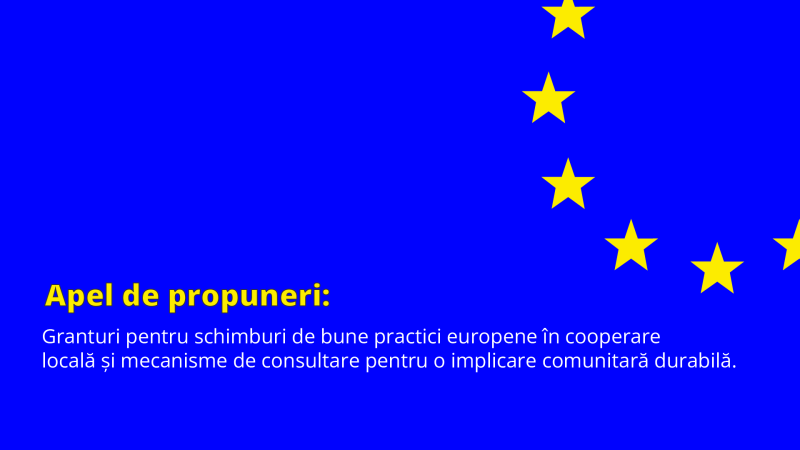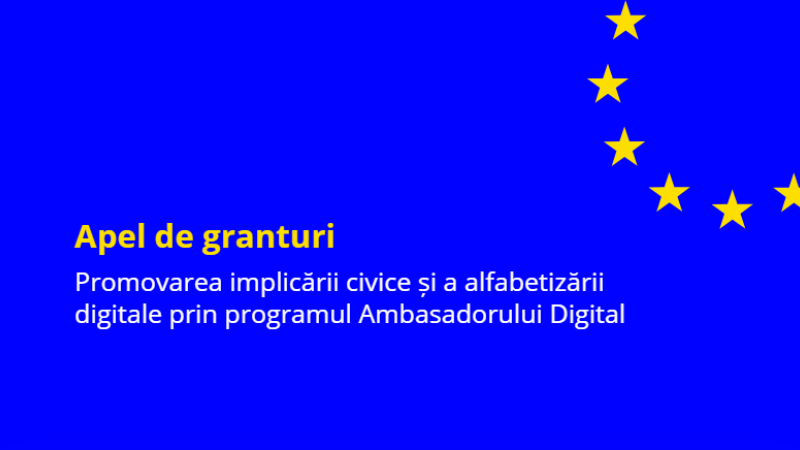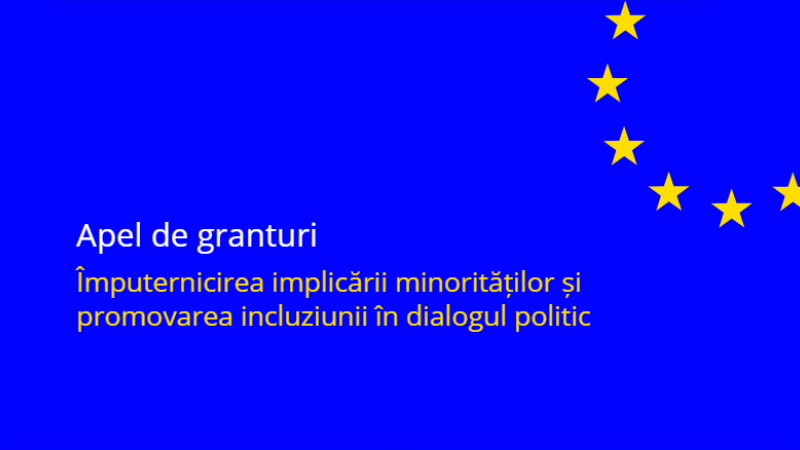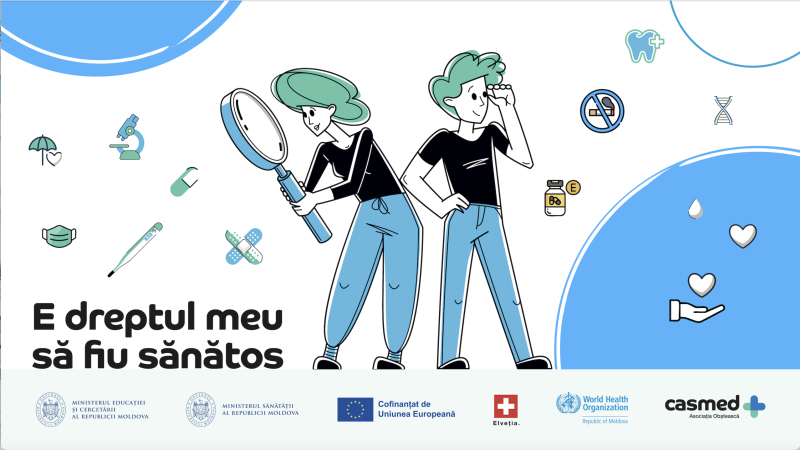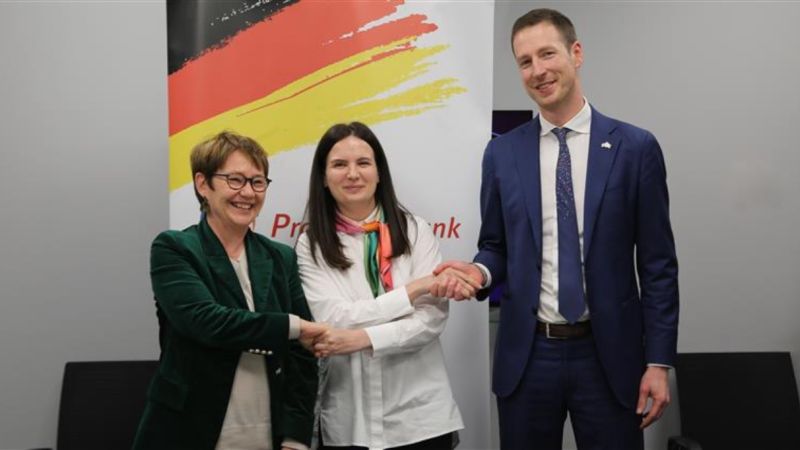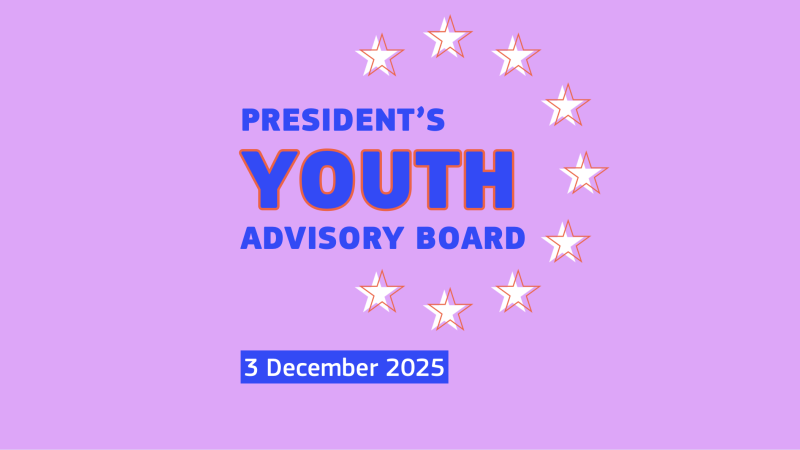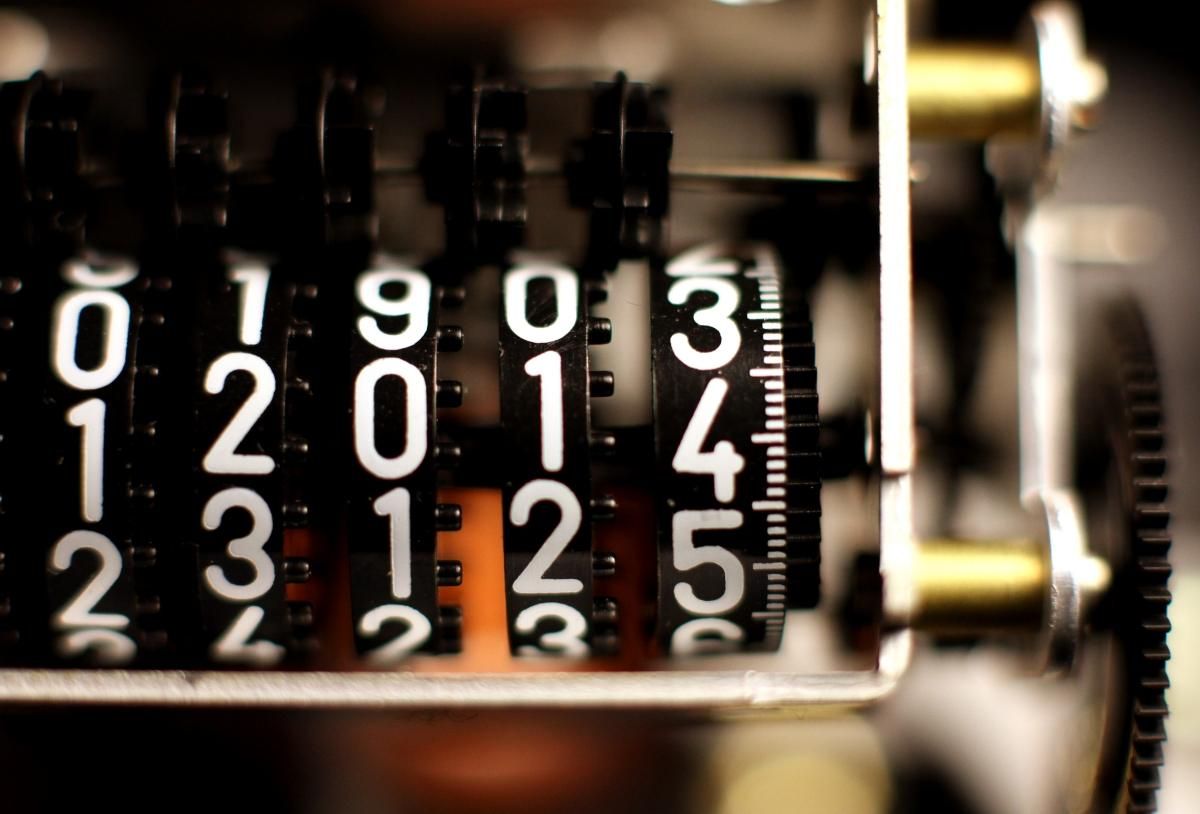
12 mari întreprinderi din Moldova vor raporta emisiile de gaze cu efect de seră
Directiva europeană privind comercializarea carbonului (EU ETS) va fi transpusă parțial în legislația Republicii Moldova, cu sprijinul UE și PNUD. La prima etapă, vor fi introduse obligații de monitorizare, raportare și verificare independentă (MRV) a emisiilor de gaze cu efect de seră (GES) de la 12 întreprinderi care au în total o capacitate nominală instalată de generare de aproape 3,3 mii de MW. Printre acestea se numără întreprinderi din sectorul energetic, precum Termoelectrica și CET-Nord, dar și din sectorul industrial, cum ar fi Bucuria SA, Lafarge Ciment Moldova, Suedzucker Moldova, fabrica de cărămidă Macon, fabrica de porțelanuri Sigiliu Lux și fabricile de sticlă Glass Container Company și Glass Container Prim.
Proiectul EU4Climate, finanțat de Uniunea Europeană și implementat de PNUD, a acordat suport Ministerului Mediului pentru identificarea întreprinderilor care vor cădea sub incidența noilor reglementări, elaborate în baza Directivei ETS. De asemenea, a fost elaborat regulamentul privind MRV a emisiilor GES de la instalațiile staționare, precum și modificări la Legea privind protecția mediului înconjurător, aceasta fiind completată cu un capitol privind schimbările climatice. Modificările vor reglementa managementul emisiilor de gaze cu efect de seră și eliberarea certificatelor de emisii GES pentru operatorii economici. Totodată, a fost efectuată analiza impactului de reglementare privind introducerea sistemului de monitorizare, raportare și verificare a emisiilor de GES la instalațiile staționare.
Documentele au fost prezentate pe 16 decembrie 2021 la un atelier consultativ cu participarea părților interesate din sectorul public și privat.
ETS este ultima Directivă din capitolul „Politici Climatice” al Acordului de Asociere Republica Moldova-Uniunea Europeană, care urmează a fi transpusă și aprobată la nivel național. Până în prezent au fost transpuse Directiva privind calitatea benzinei si motorinei, Regulamentul privind substanțele care distrug stratul de ozon și Regulamentul privind gazele fluorurate cu efect de seră.
Cu un buget total de 8,8 milioane euro, proiectul EU4Climate se desfășoară în perioada 2019-2022 și are următoarele componente: (i) actualizarea Contribuțiilor Naționale Determinate la Acordul de la Paris; (ii) elaborarea strategiilor naționale de dezvoltare cu emisii reduse către anul 2050; (iii) introducerea și consolidarea cadrului de monitorizare, raportare și verificare a emisiilor de gaze cu efect de seră; (iv) alinierea la acquis-ul comunitar în domeniul climei; (v) integrarea dimensiunii de climă în documentele de politici sectoriale, creșterea gradului de conștientizare și elaborarea ghidurilor sectoriale pentru implementarea Acordului de la Paris; (vi) atragerea de investiții în domeniul schimbărilor climatice; (vii) o mai bună planificare a adaptării la schimbările climatice.
Informații de context:
Schema UE de comercializare a cotelor de emisie de GES (EU ETS) este principala politică a UE în domeniul combaterii schimbărilor climatice, fiind totodată și cel mai mare sistem din lume de plafonare și comercializare a emisiilor de gaze cu efect de seră. Pentru emisiile totale generate de sectoarele industriale cu un nivel ridicat de emisii s-a introdus o limită, sau plafon, care se reduce în timp. Plafonul restricționează emisiile a peste 10 000 de instalații mari consumatoare de energie din întreaga UE (din sectorul energetic, industria prelucrătoare, precum și companii aeriene), acoperind aproximativ jumătate din volumul intern al UE de emisii de GES.
Astfel, fiecare instalație care cade sub incidența Directivei EU ETS primește certificate de emisii, care reprezintă dreptul de a emite o tonă de dioxid de carbon echivalent (CO2eq). Dacă instalația emite mai mult CO2eq decât certificatele atribuite, aceasta poate să cumpere certificate de emisii la licitații pentru a acoperi surplusul de emisii. Daca instalația emite mai puțin CO2eq decât cel stabilit în certificatele atribuite, aceasta poate vinde certificatele. Licitarea cotelor se desfășoară pe platforma comună de licitație, Bursa Europeană de Energie (EEX) din Leipzig. În fiecare an, instalațiile trebuie să restituie Comisiei Europene un număr de certificate egal cu CO2eq emisă.
Această schemă inovatoare, introdusă în 2005, are ca obiectiv nu doar reducerea emisiilor conform plafonului, ci și stabilirea unui preț al carbonului și asigurarea unei valori financiare pentru fiecare tonă de CO2eq economisită. Acest lucru încurajează instalațiile să aplice cele mai rentabile măsuri de reducere a emisiilor și stimulează investițiile în tehnologii cu emisii reduse de carbon, în special dacă prețurile certificatelor sunt ridicate. Prețul, stabilit de piața certificatelor de emisii, a ajuns la 85 de euro/tona de CO2 la licitațiile din 13 decembrie curent.
